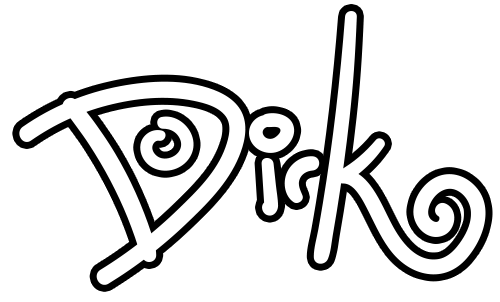The Black Hole is the Disney kids science fiction movie that takes you to Hell.
In 1979, The Black Hole was Disney’s response to Star Wars. Being a young rabid Star Wars fan, I remember how excited I was to go to the local theater and see a late-night showing.
I was blown away by the strange tone, the unusual production design, the robots, and that metaphysical ending.
I watched that film many more times on HBO in the following years, but I haven’t seen that film in probably 35 years. Until last night.
The movie opens with something that will probably never be repeated. There are a few minutes of blank screen where they play The Black Hole overture. I have no idea why they began the film that way but it heralds the slow pace to follow.
This is a film that was made in a different time, by a studio that was struggling for relevance (at the time) and metaphorically shooting for the moon. But there is something compelling about this movie even 40 years later.
The one-note story of The Black Hole is an exploratory ship, the USS Palomino, is returning to earth when it stumbles upon the USS Cygnus that is trapped near a black hole. The crew investigates what they think is a ghost ship but turns out to be a horror story of another sort.
The director, Gary Nelson, who mostly did television for Disney was likely far outside of his comfort zone. There is a workmanlike quality to his shot selection which grounds this movie despite the setting.
I question whether modern audiences will be capable of sitting through this movie although it’s only 98 minutes long. It’s slow, the pacing is uneven, and the entire movie is a buildup to the mystery on board the Cygnus, and everything that happens after that.
The special effects, that were done in-house, hold up well today and demonstrate how creative and effective practical effects could be.
The black hole itself is a colorful mesmerizing recurring feature in this film, and likely defined how the public visualizes a black hole until Nolan’s Interstellar.
The star field is bright and complex versus the utilitarian dark spacecraft.
I loved the production design of The Black Hole when I was a kid, and I still do. The credit for that goes to Peter Ellenshaw who had a long history of doing special-effects for Disney and many other projects.
The robots are super cool here. Maximilian, the red one-eyed bully was wonderfully menacing. The security robots had a unique vibe. But my favorite was, and still is, V.I.N.CENT. voiced by the legendary Roddy McDowell.
There’s no other control room that looks like the Cygnus. Even today it’s singularly unique.
Dialogue in this movie is mundane, even childish. The actors are fine but no one stands out here.
What’s still interesting to me about this movie is that looming black hole and what happens when we eventually get to see what’s inside.
Back in the late 70s, we were told that going into a black hole and surviving was impossible. We were also told that you would never photograph a black hole. Both notions have been knocked down recently.
The concept of going into and through a black hole has held up well.
I think what happens inside the black hole was the creators reaching for something as profound as the ending of 2001: a Space Odyssey, but lacking the chops to pull that off.
What we get is a blunt instrument instead. But, it’s still interesting visually and the esoteric ending is unquestionably one reason that this movie has stayed in my mind for the past four decades.
I can’t think of a movie that would be more interesting and more relevant for a remake than The Black Hole. Given what we have discovered about black holes recently, the advancement of modern effects, and this kernel of a story which is still interesting after all this time, I’d like to see what we could do with it now.
Seeing The Black Hole as an adult has ruined part of it for me. But there’s still something incredibly interesting about this weird creepy little movie that makes me happy to have seen it once again.
